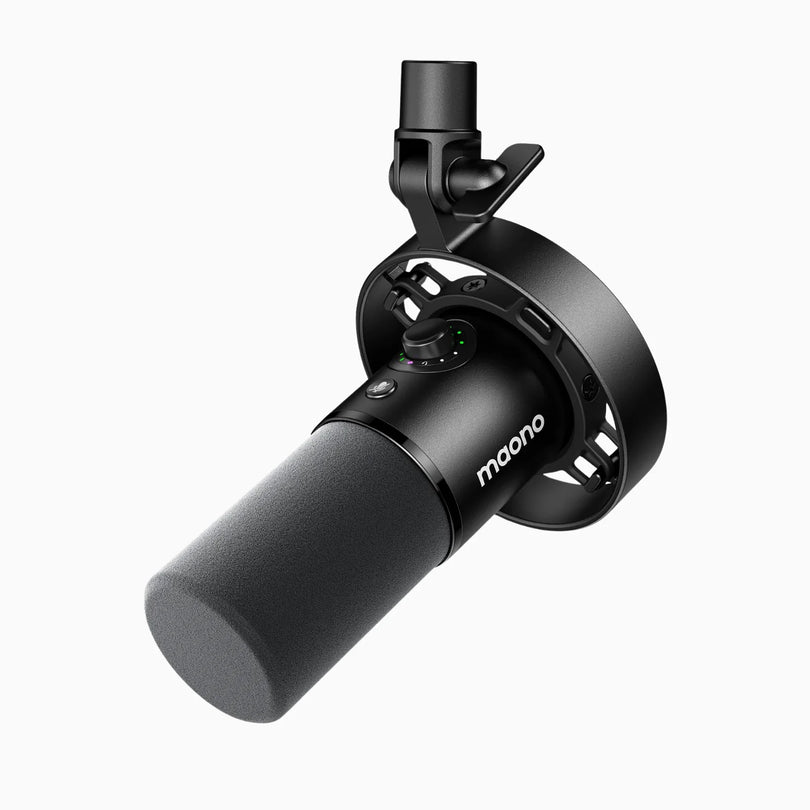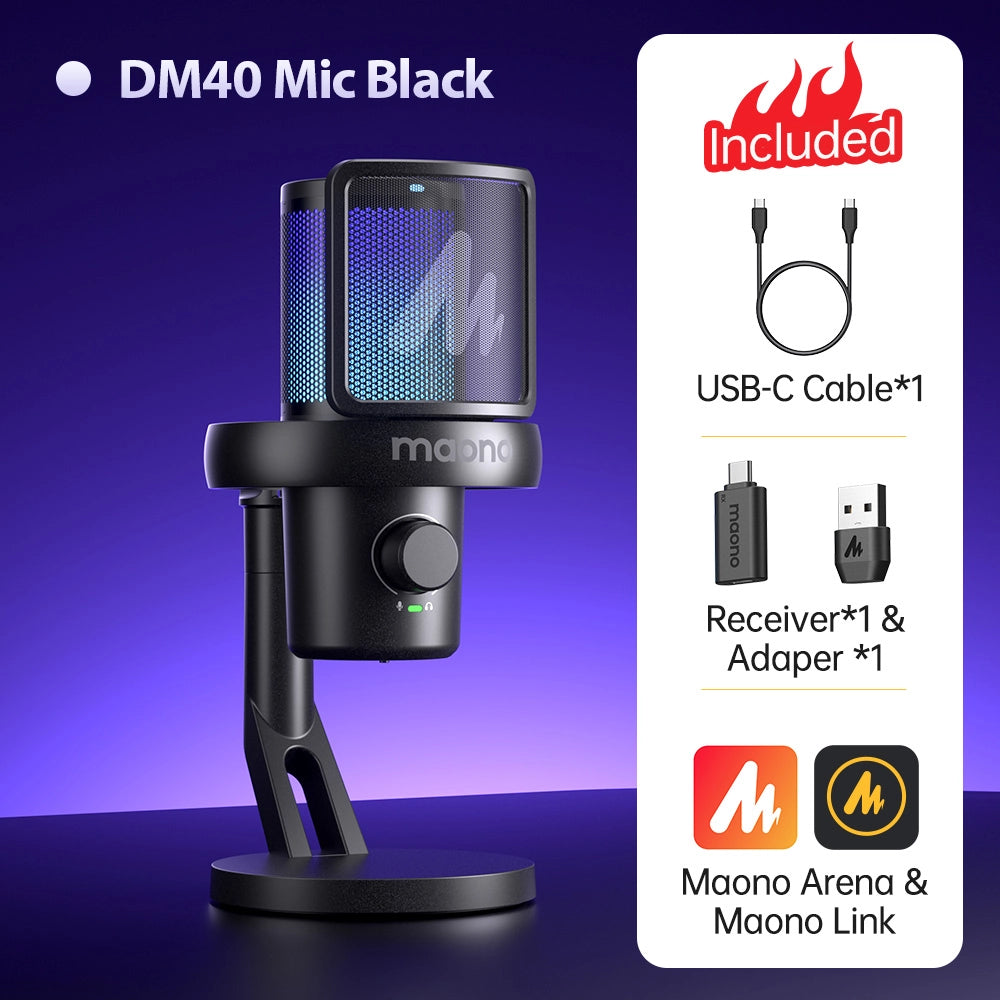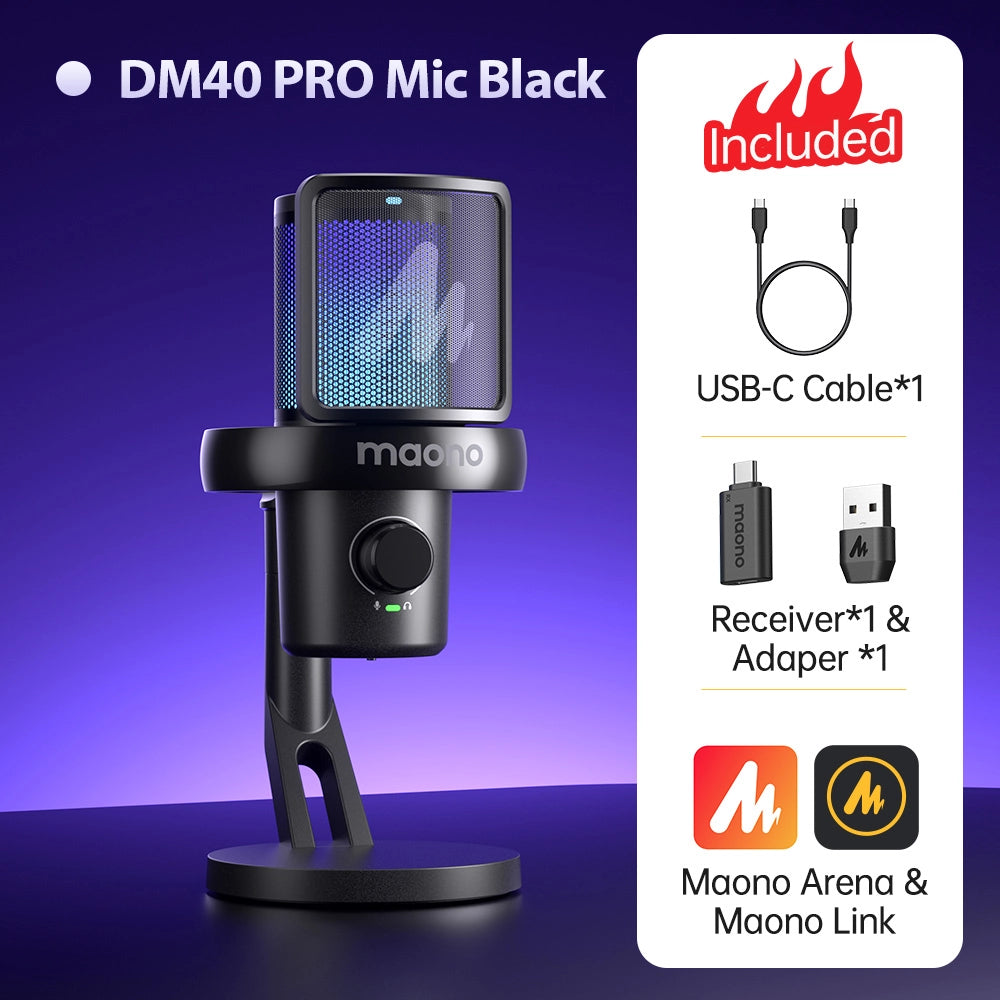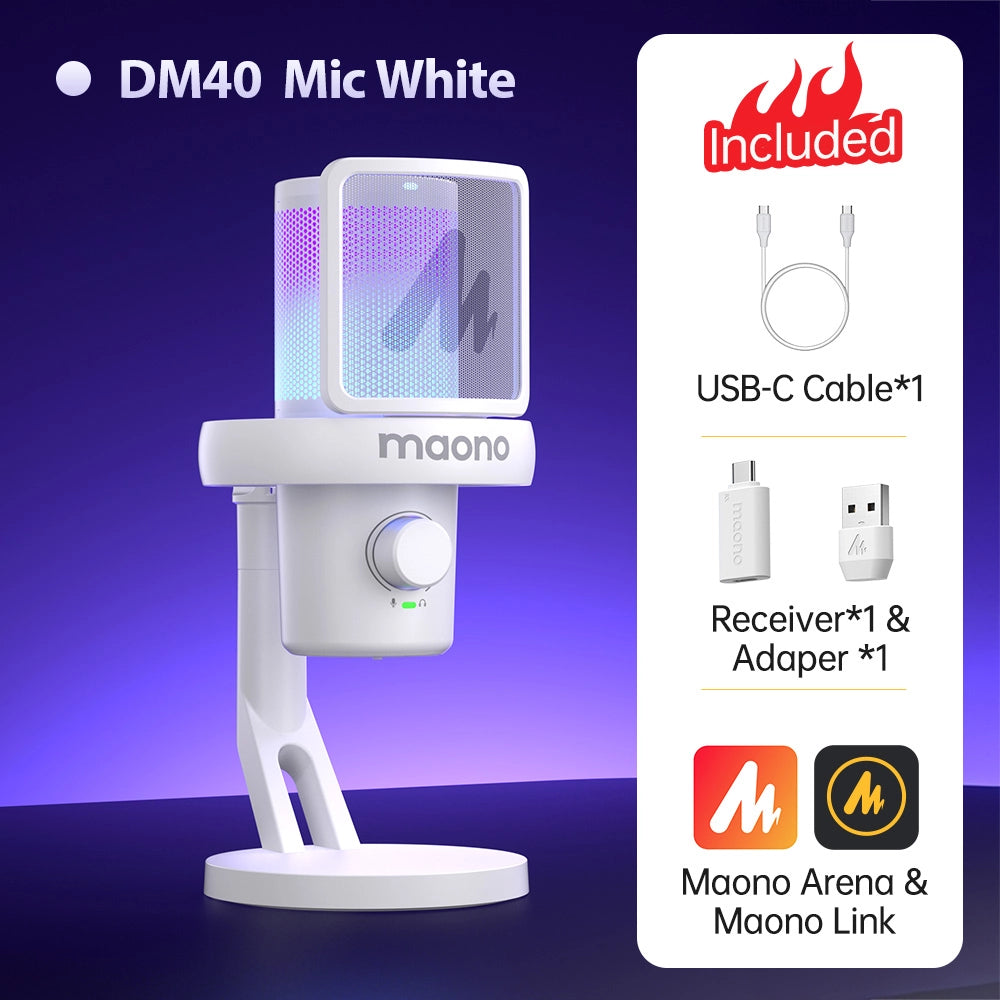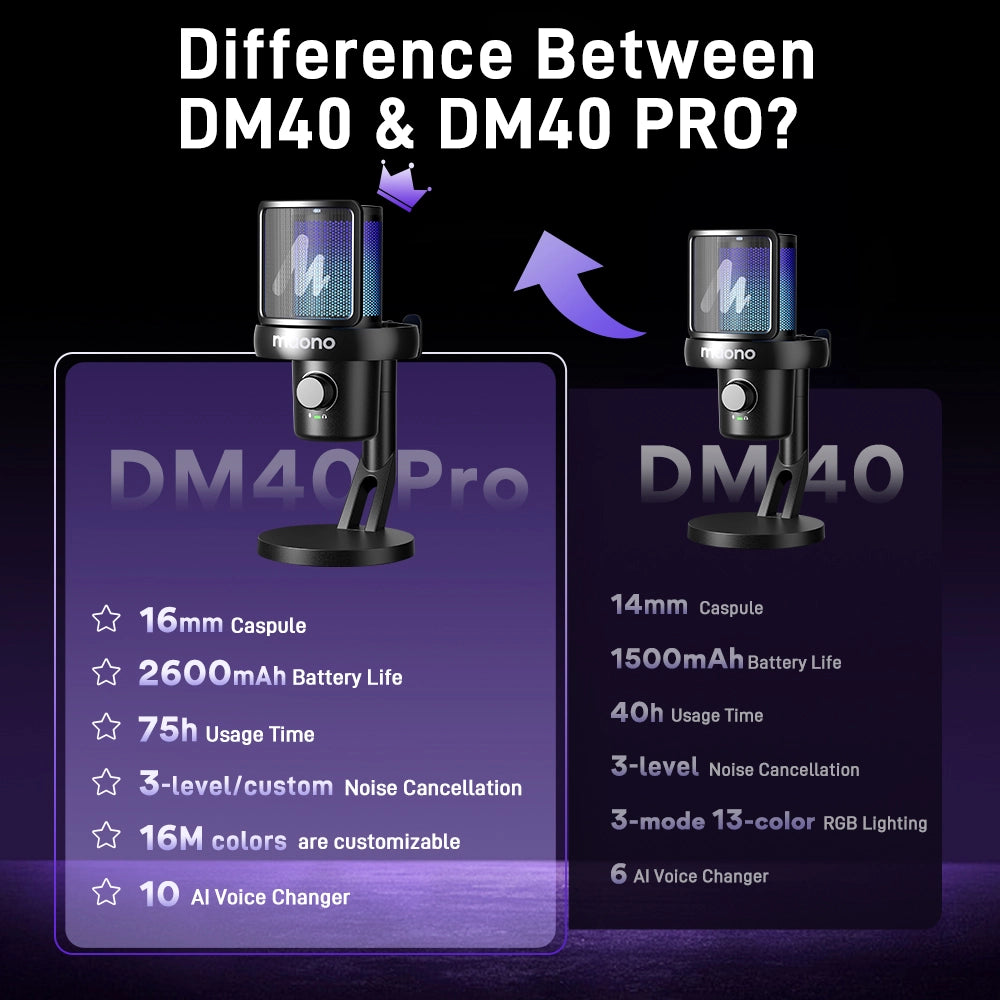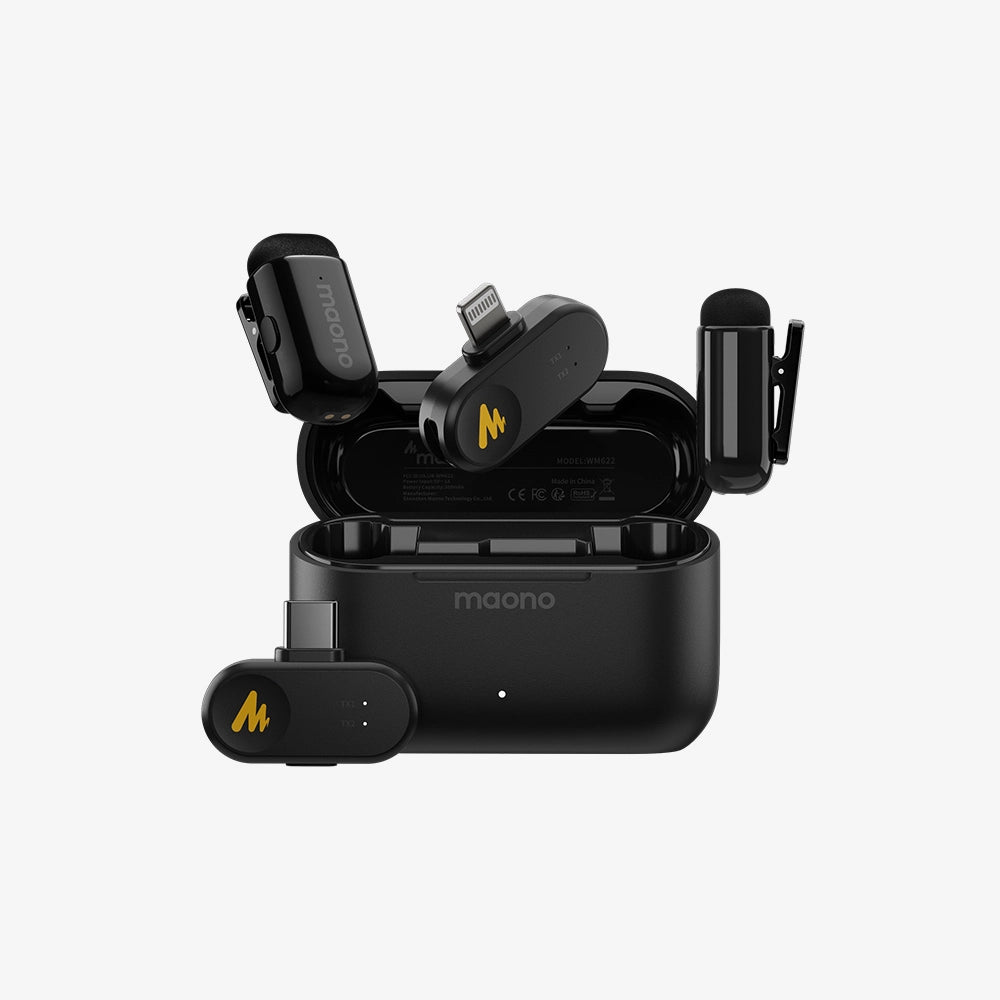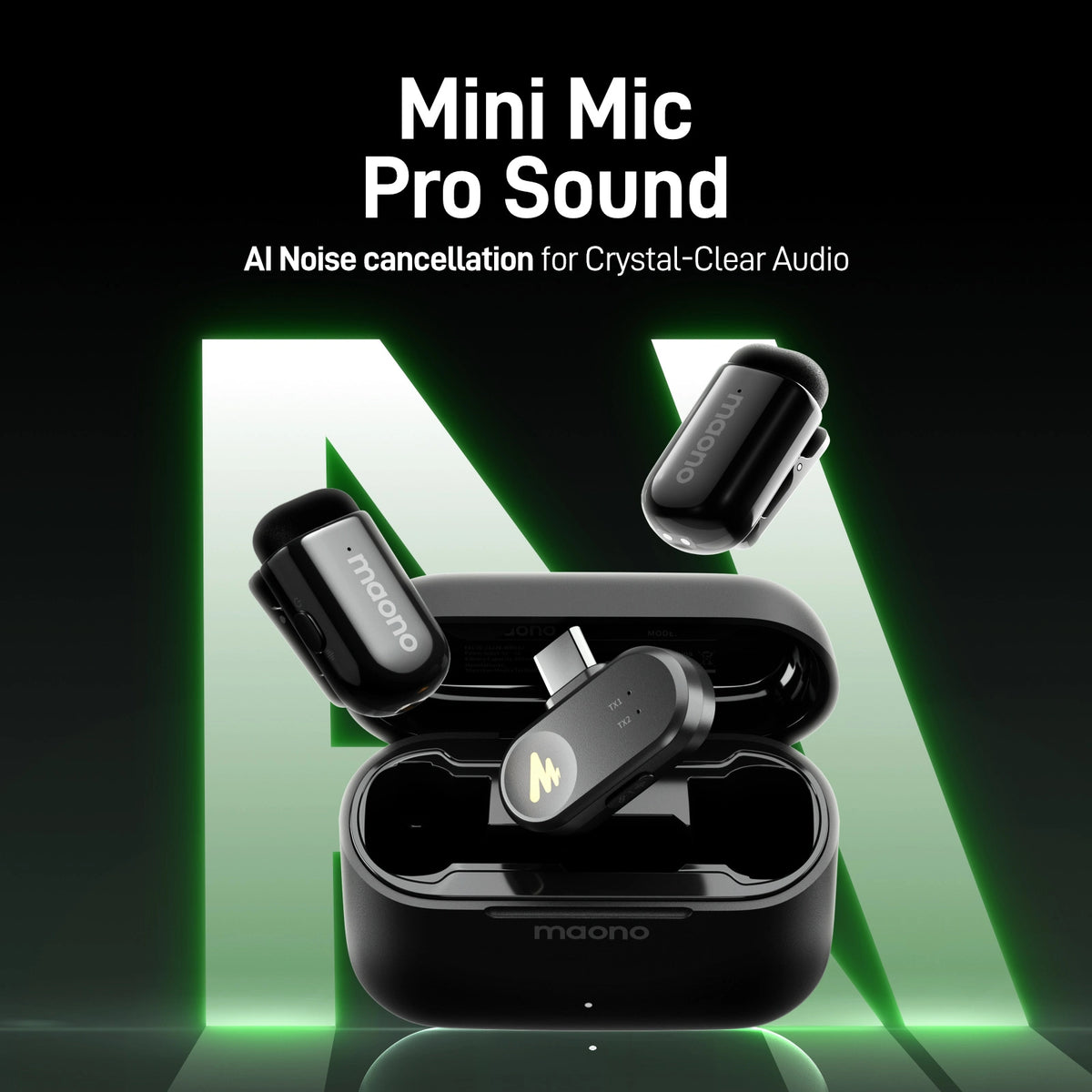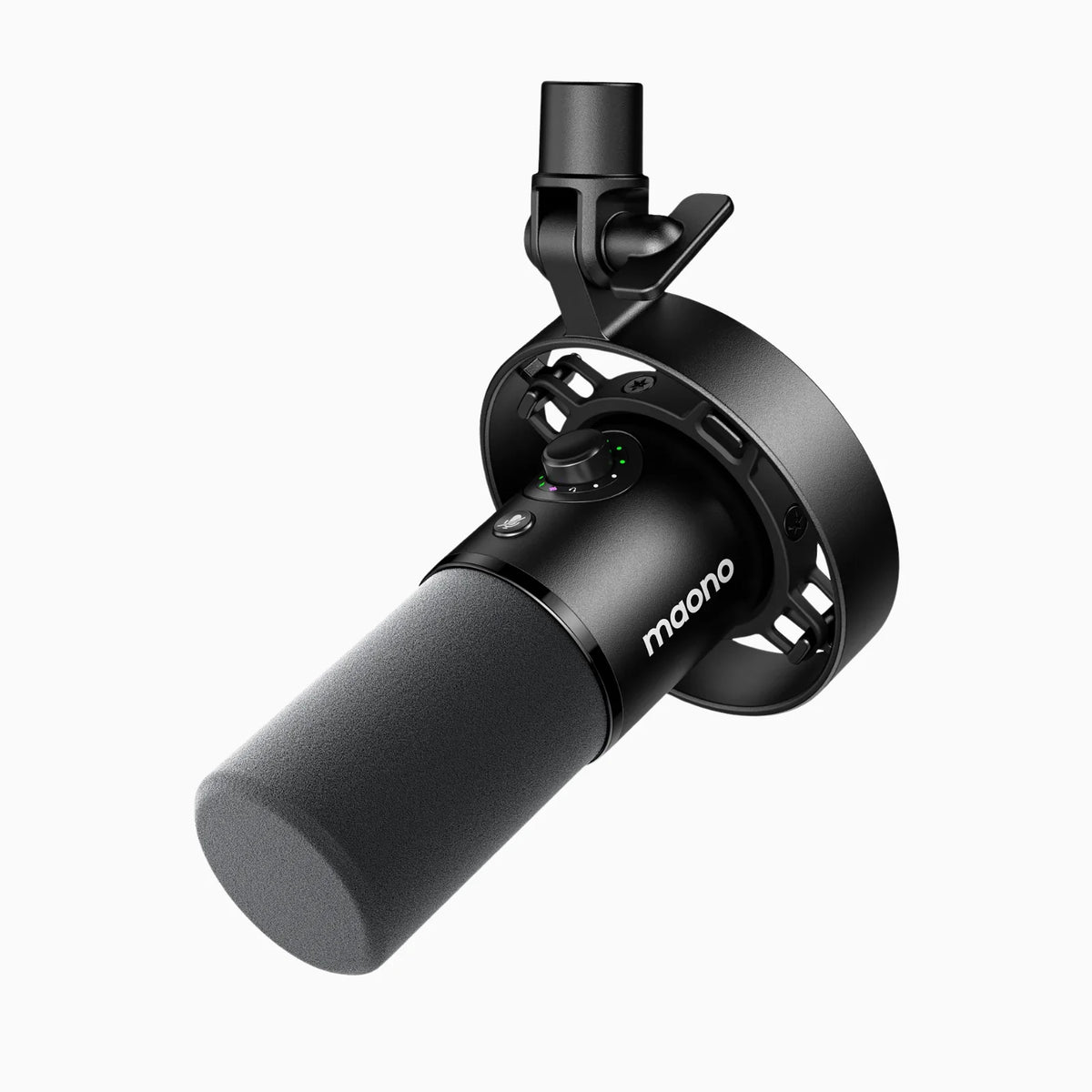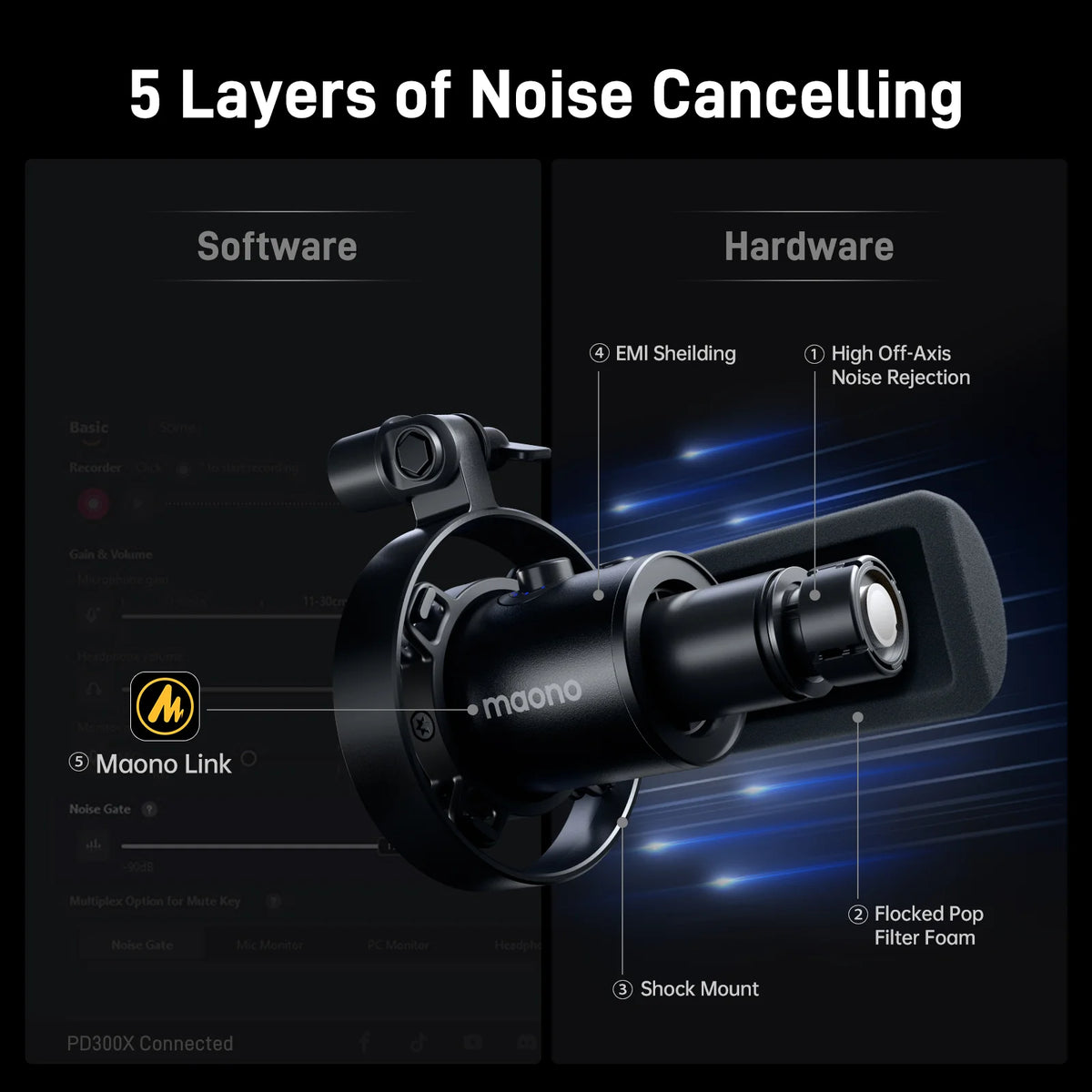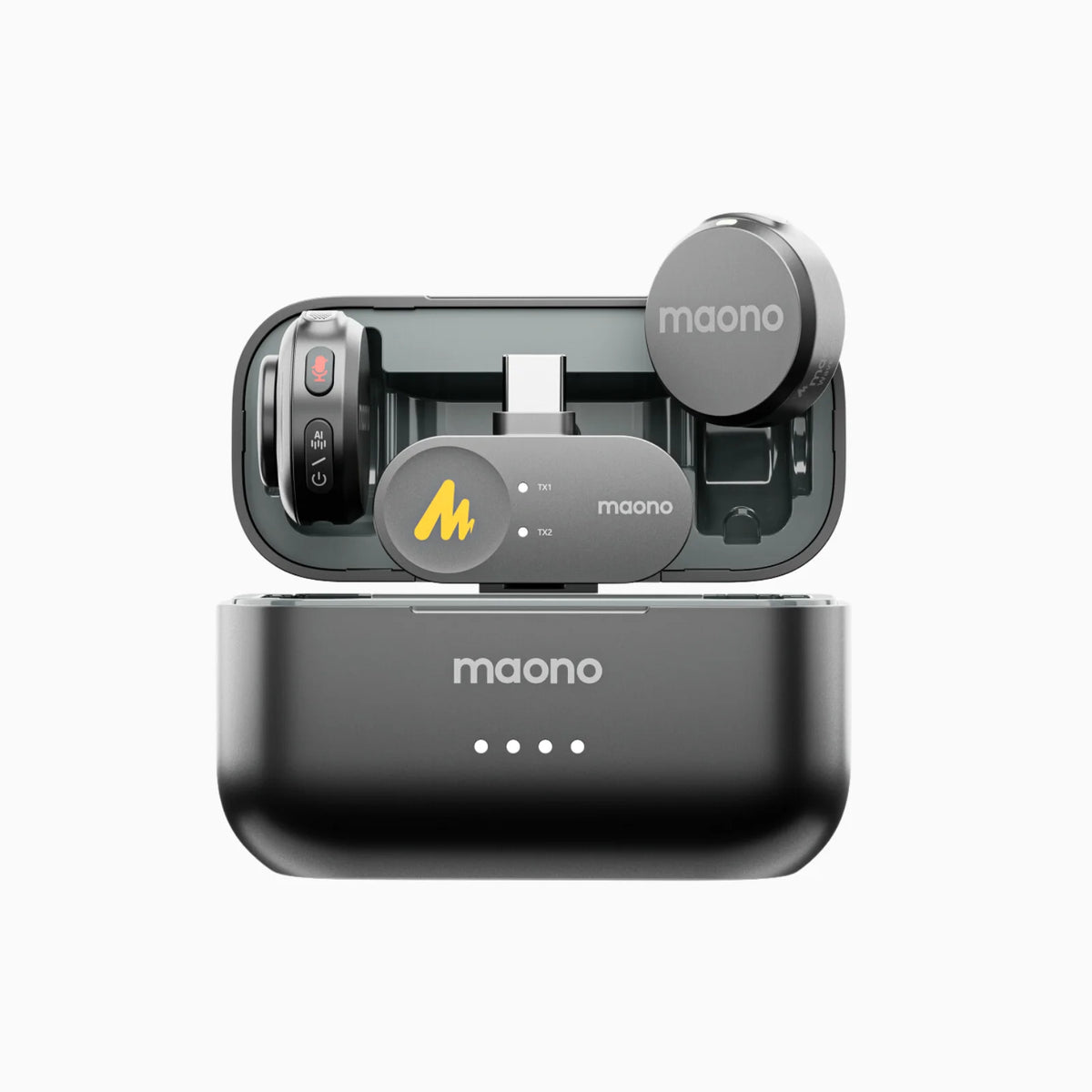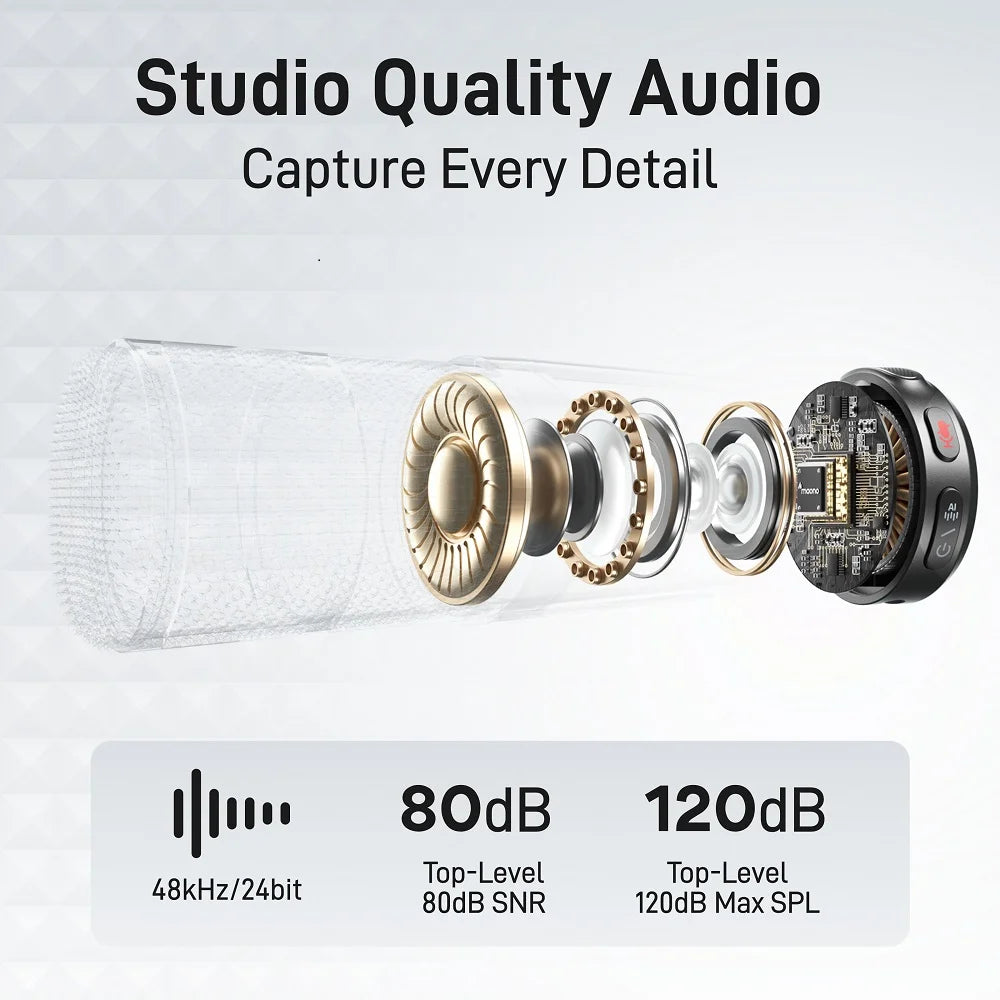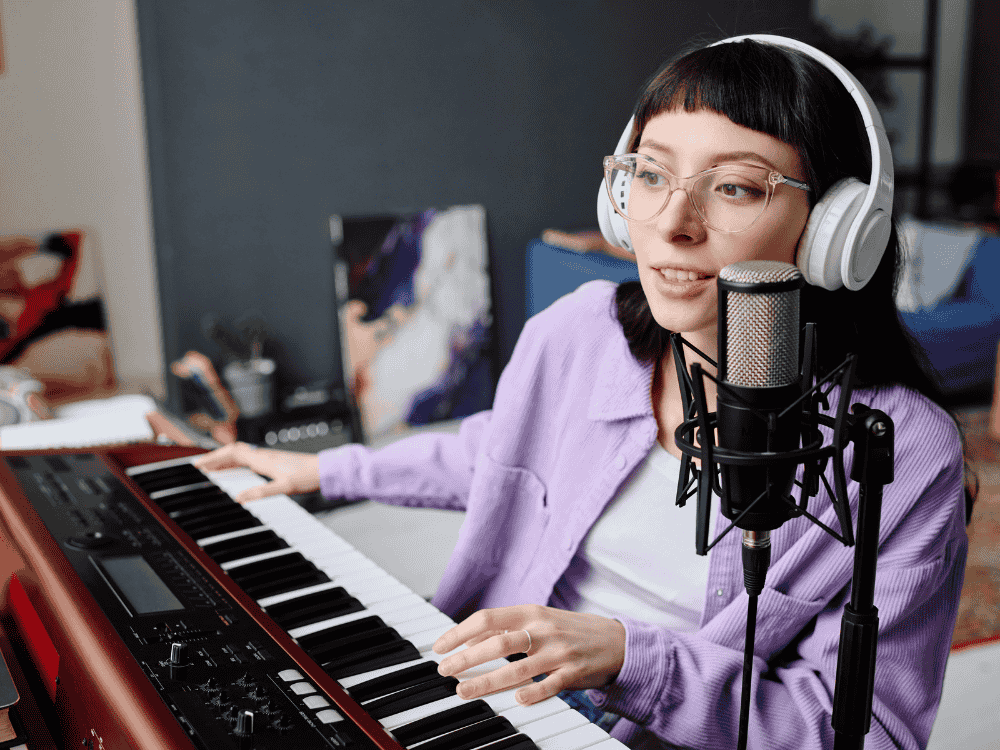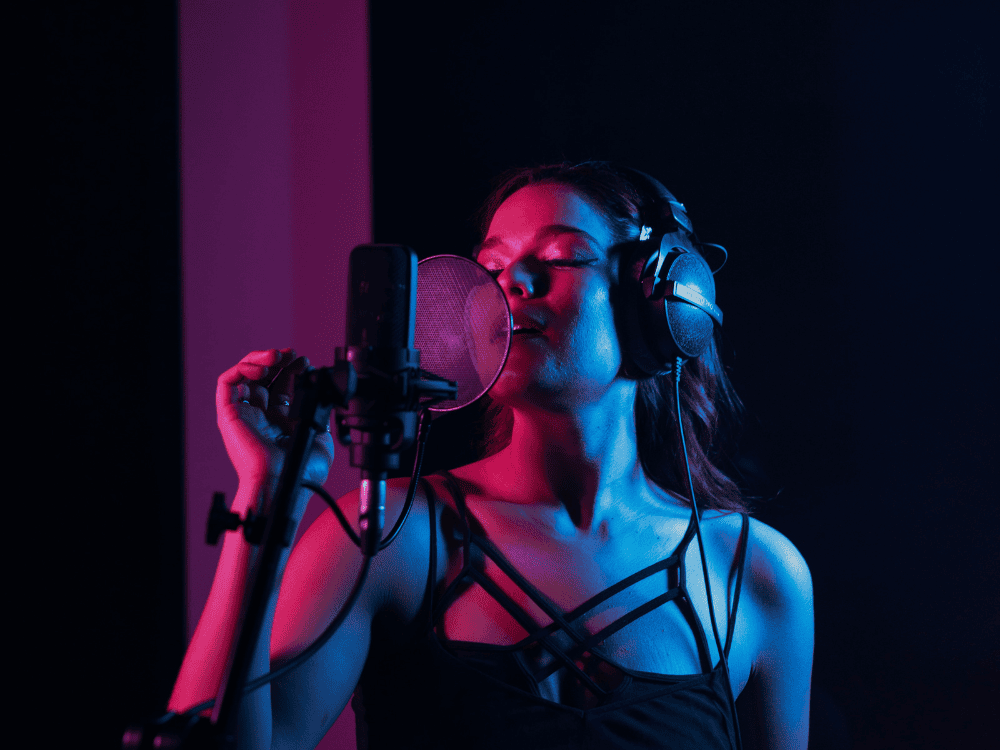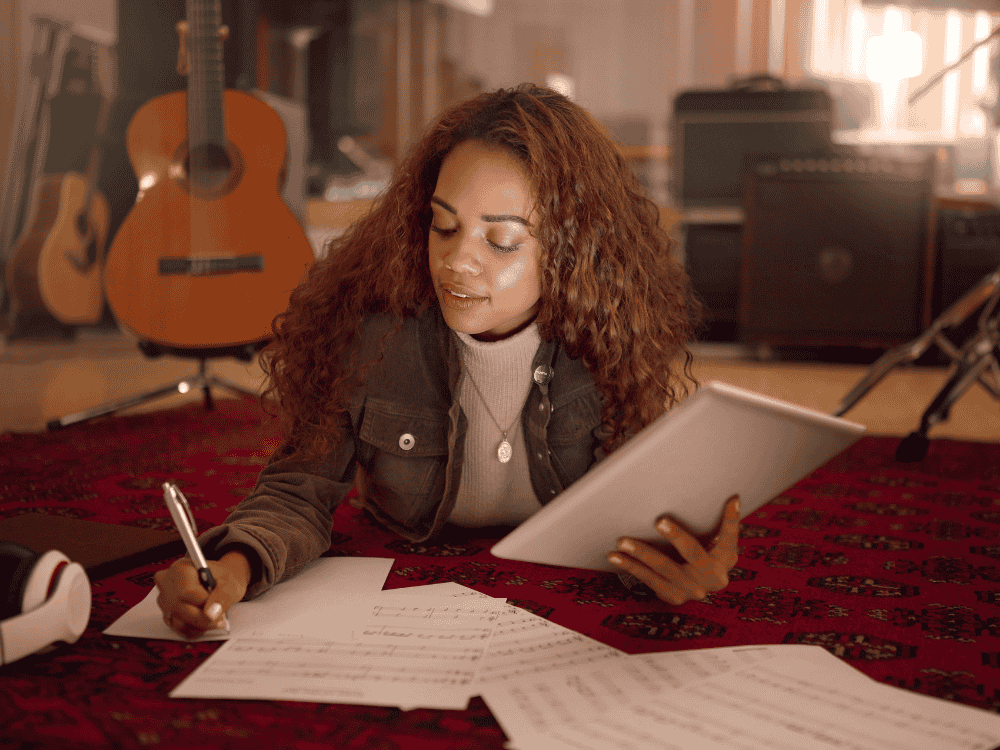Finding the perfect microphone for singing is crucial for vocalists, whether you're a seasoned performer or an aspiring artist. The right mic can capture the nuance of your voice, providing clear, balanced sound quality that showcases your vocal range. However, choosing the right one can be overwhelming with so many microphones available. In this guide, we will help you navigate the key features to look for in a microphone for singing, discuss whether an expensive mic is worth the investment, and provide practical tips for selecting the best option for your vocal needs.
What are the features of a good singing microphone?
When it comes to choosing the best type of mic for singing, several factors should be considered:
- Microphone Type: Due to their high sensitivity and wide frequency response, condenser microphones are typically best for capturing the detailed nuances of vocals. However, dynamic microphones are also popular for live performances, as they can handle high sound pressure levels without distortion.
- Frequency Response: Look for a microphone with a frequency response that complements the vocal range. For example, microphones that enhance the midrange frequencies are ideal for vocals, as they make the singer's voice stand out in a mix.
- Polar Pattern: The polar pattern of a microphone determines how it picks up sound. A cardioid pattern, which captures sound from the front while minimizing noise from the sides and rear, is ideal for most vocal recordings.
- Connectivity: For home studios, USB microphones are popular for their plug-and-play convenience, while XLR microphones offer more flexibility in professional settings but require an audio interface.
Is It Worth It to Buy an Expensive Microphone for Streaming and Singing?
The price of a microphone often reflects its build quality, internal components, and overall sound performance. However, the most expensive microphone isn’t always the best choice for everyone. A mid-range microphone can deliver excellent sound quality if used correctly. High-end models are typically designed for professional recording studios, where pristine sound is a priority. For streaming and home recording, you can find great options that won’t break the bank while still providing studio-quality audio.
Tips for Choosing the Best Microphone for Singing
- Match the Microphone to Your Voice: Different microphones emphasize various frequencies. Test several models to find one that complements your voice, bringing out the best in your tone and style.
- Invest in Headphones: A good pair of headphones will help you hear your voice clearly and evaluate how the microphone captures your sound. The Maono MH-501 headphones are an excellent choice for singers, offering high-definition sound quality and noise isolation, ensuring you can accurately assess your recordings.

- Consider Your Environment: If you're recording at home or in a non-professional space, look for microphones with good off-axis rejection, which helps reduce background noise.
What Microphones Do Most Singers Use for Singing on YouTube?
Many YouTube singers use USB microphones for their ease of use and high-quality audio output. Popular models of microphones for singing on Youtube include the Blue Yeti USB, Audio-Technica AT2020USB, and Rode NT-USB. These microphones offer excellent vocal clarity and are easy to set up, making them favorites among content creators.
What Is the Best Microphone for Recording Your Singing?
For studio-quality vocal recordings, condenser microphones are typically the best choice due to their sensitivity and ability to capture fine vocal details. They are ideal for studio environments where subtle vocal nuances can be recorded without interference from background noise. The Audio-Technica AT2020 and Rode NT1-A are two highly recommended condenser mics for professional-level vocal recordings.
7 Best Microphones for Recording Singing or Vocals
Here’s a look at seven of the best microphones for singing, including both USB and XLR options.
1. Audio-Technica AT2020USB+
- Type: USB Condenser
- Frequency Response: 20Hz–20kHz
- Polar Pattern: Cardioid
- Notable Features: Built-in headphone jack, wide dynamic range, high SPL handling
- Pros: Ideal for home studio recording, excellent clarity
- Cons: Limited connectivity compared to XLR models
2. Rode NT1-A
- Type: XLR Condenser
- Frequency Response: 20Hz–20kHz
- Polar Pattern: Cardioid
- Notable Features: Ultra-low noise, wide dynamic range, shock mount included
- Pros: Professional-grade sound, great for vocals
- Cons: Requires an audio interface
3. Maono PD100X

- Type: XLR Condenser
- Frequency Response: 40Hz–16kHz
- Polar Pattern: Cardioid
- Notable Features: Dual-mode output (USB for plug-and-play use and XLR for professional setups)
- Built-in gain control for adjusting input levels directly on the mic
- Plug-and-play capability with USB, making it easy to use for beginners
- Pros: Clear, rich vocal sound perfect mic for streaming and singing
- Cons: Requires an audio interface
4. Blue Yeti USB
- Type: USB Condenser
- Frequency Response: 20Hz–20kHz
- Polar Pattern: Multiple (Cardioid, Bidirectional, Omnidirectional, Stereo)
- Notable Features: Multiple polar patterns, built-in headphone jack
- Pros: Versatile, great for vocals and podcasts
- Cons: Large, not the most portable option
5. Shure SM7B
- Type: XLR Dynamic
- Frequency Response: 50Hz–20kHz
- Polar Pattern: Cardioid
- Notable Features: Air suspension shock isolation, excellent vocal presence
- Pros: Industry standard for vocals, reduces background noise
- Cons: Requires a lot of gain
6. Maono PM422
- Type: USB Condenser
- Frequency Response: 20Hz–20kHz
- Polar Pattern: Cardioid
- Notable Features: Touch mute button, gain control knob, shock mount included
- Pros: Easy to use, excellent clarity for home recordings
- Cons: Limited connectivity
7. AKG P220
- Type: XLR Condenser
- Frequency Response: 20Hz–20kHz
- Polar Pattern: Cardioid
- Notable Features: Switchable bass-cut filter, rugged design
- Pros: Balanced sound, great for vocals
- Cons: Requires an audio interface
FAQs
1. Is It Advisable to Use Additional Accessories Like an Audio Interface, Pop Filters, or Shock Mounts with Your Singing Mic?
Yes, using additional accessories like an audio interface, pop filters, and shock mounts with your singing mic is highly advisable. An audio interface improves sound quality by converting analog signals to digital, providing better preamps and control over gain.
For instance, the G1 Neo audio interface paired with the PD100X XLR condenser microphone works best for recording vocals, and also for game streaming.

Pop filters help reduce plosive sounds (such as "p" and "b" sounds) that can distort recordings, while shock mounts minimize vibrations and handling noise, ensuring clearer, more professional audio. These accessories are especially beneficial for condenser microphones, which are sensitive to external noises.
2. How Important Is Ease of Use and Portability in Choosing the Best Singing Microphone?
For many singers, especially those recording at home or on the go, ease of use and portability are critical. USB microphones are popular for this reason, as they are plug-and-play and don't require external equipment like audio interfaces. For more professional setups, XLR microphones offer superior sound quality but come with the need for additional gear. Consider your recording setup and mobility needs when making your choice.
3. How to Ensure Optimal Sound Quality of Your New Singing Mic in Less-Than-Ideal Recording Spaces?
Recording in less-than-ideal spaces can introduce unwanted noise and reflections. To optimize sound quality:
- Acoustic Treatment: Use foam panels or blankets to dampen reflections and echo.
- Mic Positioning: Place your microphone at a proper distance (about 6–12 inches from your mouth) and use a pop filter to prevent plosives.
- Directional Mics: Choose a cardioid microphone to minimize background noise by focusing on sound from the front.




